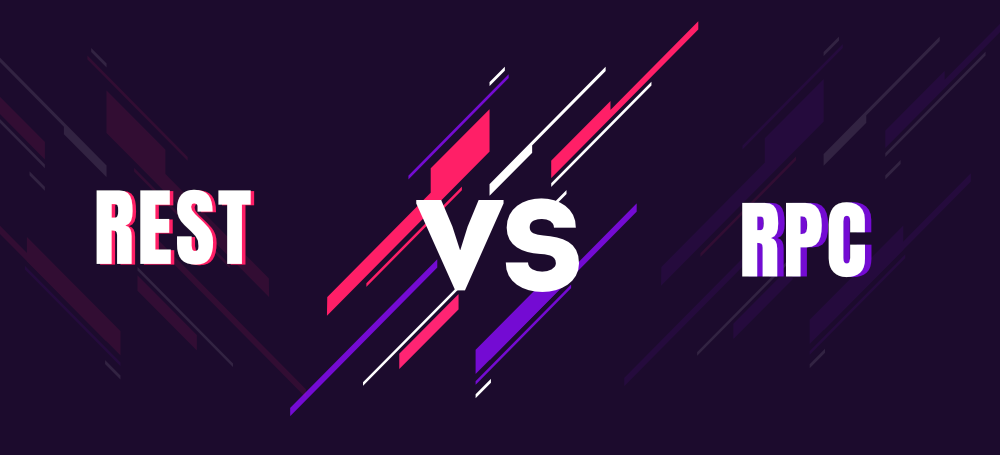Difference Between REST API and RPC API
Last Updated :
21 Jun, 2022
REST and RPC are design architectures widely used in web development to build APIs (Application Programming Interface). It is a set of instructions that permits two systems to share resources and services. The client creates a request to the server that responds to it with data in JSON or XML format.

REST APIs
It stands for Representational State Transfer (REST) is an architectural style that defines a set of constraints and protocols to be used for creating web services. REST API is a method of accessing web services in a very simple and flexible manner without having any processing. A REST API endpoint is a URL that utilizes HTTP verbs to execute CRUD (Create Read Update Delete) operations over the resources. These HTTP verbs are GET, POST, PATCH, PUT and DELETE. It focuses on providing resources from the server to the clients.
Advantages of REST APIs
- They are very scalable as the client and server are decoupled easing to scale in the future.
- Simple, standardized, and easy to use.
- Uses already existing HTTP features.
- They have high performance because of their cache capabilities.
- Allows Standard-based protection with the use of OAuth protocols to verify REST requests.
- Brings flexibility by serializing data in XML or JSON format.
Disadvantages of REST APIs
- REST API’s payload is quite big hence the entire files get back while you needed one field.
- It loses the ability to maintain state in REST.
RPC APIs
Remote Procedure Call (RPC) is a methodology used for constructing distributed, client-server-based applications. It is also called a subroutine call or a function call. It is based on conventional local procedure calling so that the called procedure need not exist in the very same address space as the calling procedure executes. RPC is very well suited for a client-server interaction in which the flow of control lingers between the two. The client and server do not both execute at the same time instead the thread of execution jumps from one to another.
Advantages of RPC APIs
- They provide usage op applications in both local and distributed environments.
- It provides ABSTRACTION.
- They have lightweight payloads, therefore, provides high performance.
- They are easy to understand and work as the action is part of the URL.
Disadvantages of RPC APIs
- It can be implemented in many ways as it is not well standardized.
- It has no flexibility for hardware architecture.
Following is a table of differences between REST and RPC
|
S.No.
|
REST API
|
RPC API
|
|
1
|
REST is resource-oriented. |
RPC is action-oriented. |
|
2
|
Supports HTTP methods GET, POST, PUT, PATCH, and DELETE. |
RPC only supports GET and POST requests. |
|
3
|
It provides flexibility for hardware architecture |
no flexibility in RPC for hardware architecture |
|
4
|
It supports hypermedia and hyperlinks |
It does not supports hypermedia and hyperlinks |
|
5
|
REST allows to specify Content-types or accept headers |
Require payloads of a few data types as XML for XML-RPC. |
Share your thoughts in the comments
Please Login to comment...